
Некоторые фото оставлены, как говорится "в полный рост", дабы увидеть можно было мелкие детали.
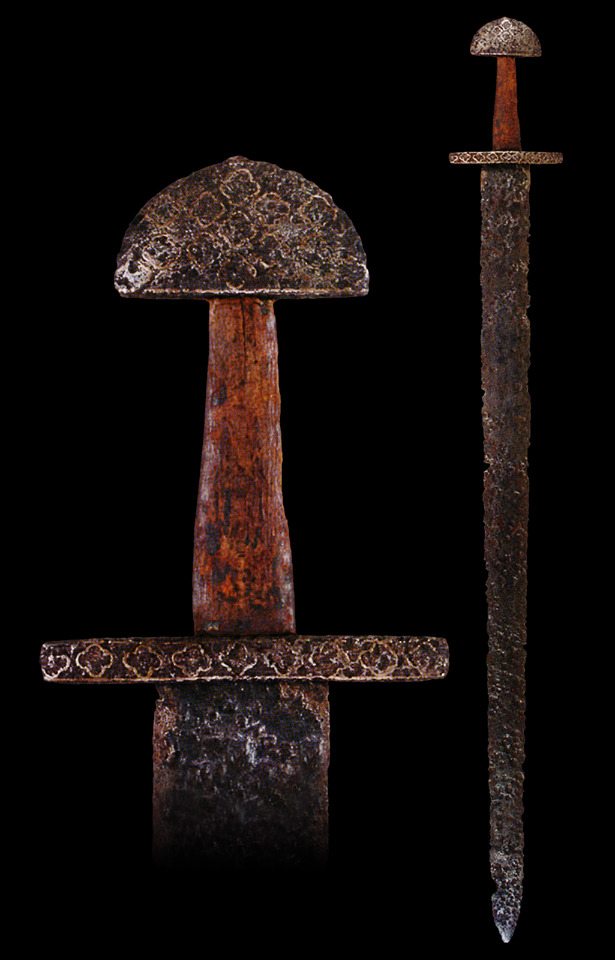

Bronze statuette of a hoplomachus (a type of gladiator in ancient Rome, armed to resemble a Greek hoplite), 2nd century AD, Neues Museum, Berlin
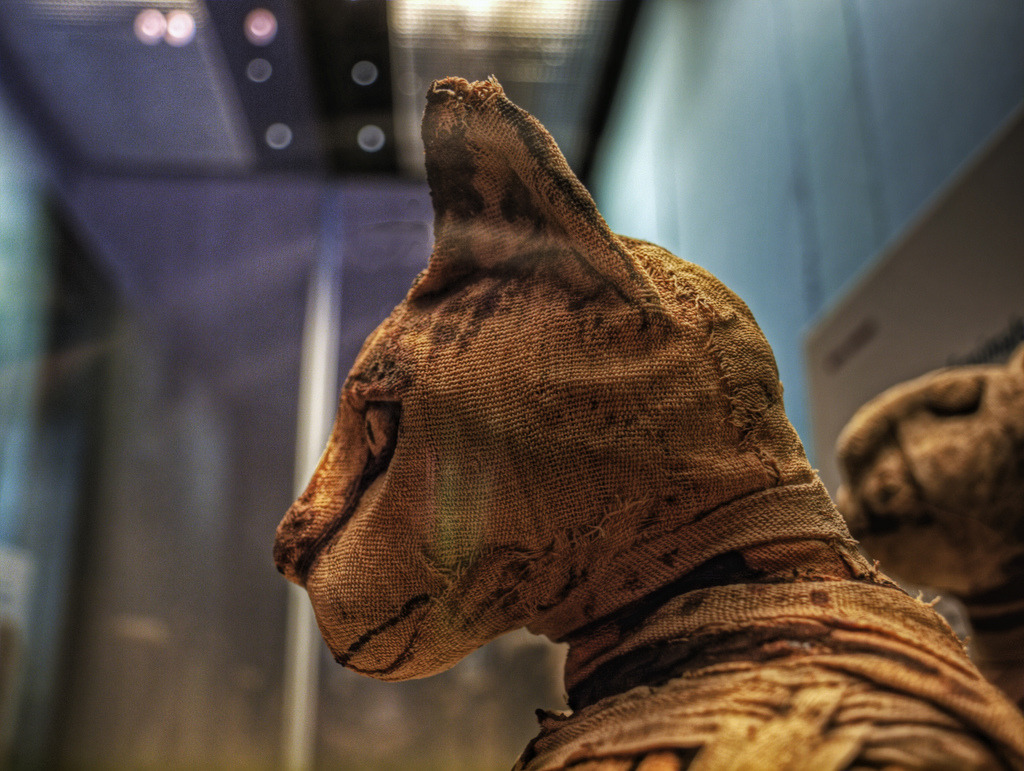
Mummy of a cat, from Abydos, Upper Egypt. Roman Period, perhaps 1st century AD.
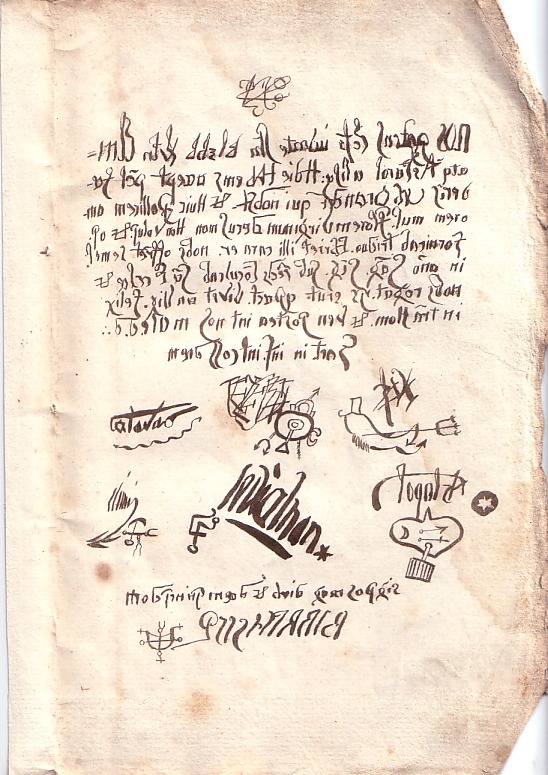
Alleged Pact between Urbain Grandier and Satan, signed by several Demons. 1634.
It is written in Latin, backwards and approximately reads:
We, the influential Lucifer, the young Satan, Beelzebub, Leviathan, Elimi, and Astaroth, together with others, have today accepted the covenant pact
of Urbain Grandier, who is ours. And him do we promise
the love of women, the flower of virgins, the respect of monarchs, honors, lusts and powers.
He will go whoring three days long; the carousal will be dear to him. He offers us once
in the year a seal of blood, under the feet he will trample the holy things of the church and
he will ask us many questions; with this pact he will live twenty years happy
on the earth of men, and will later join us to sin against God. Bound in hell, in the council of demons.
Lucifer Beelzebub Satan
Astaroth Leviathan Elimi
The seals placed the Devil, the master, and the demons, princes of the lord.
Baalberith, writer.
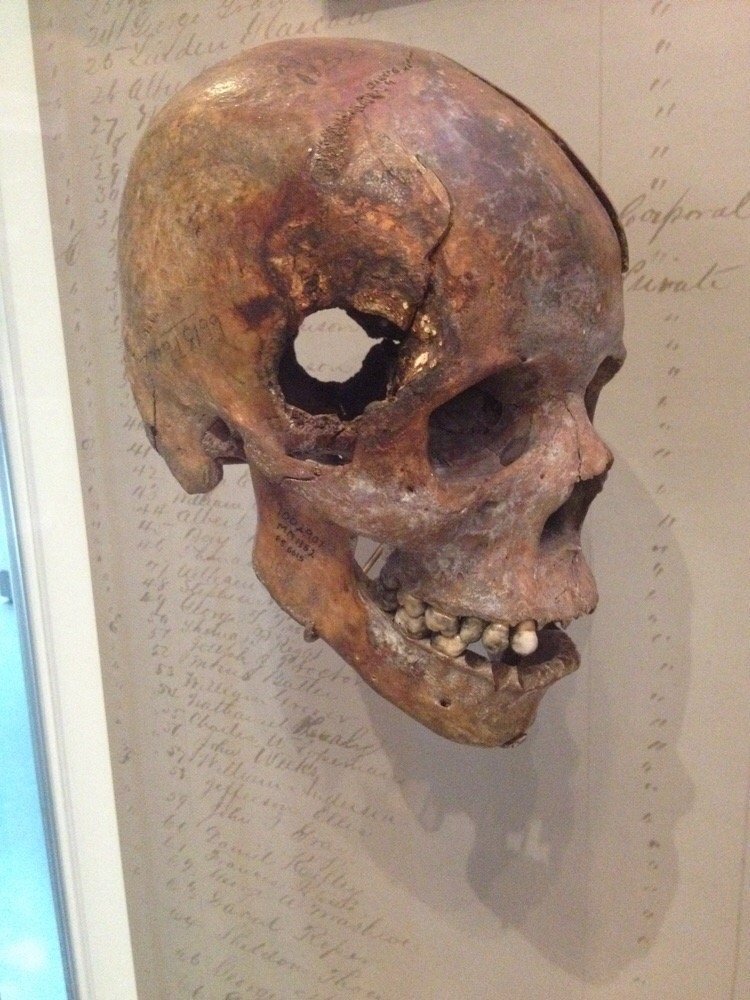
Skull from Civil War. Fatal wound inflicted by exploding 12 pound artillery shell

Skull of a Roman soldier who died during the Gallic Wars, 1st century BC.
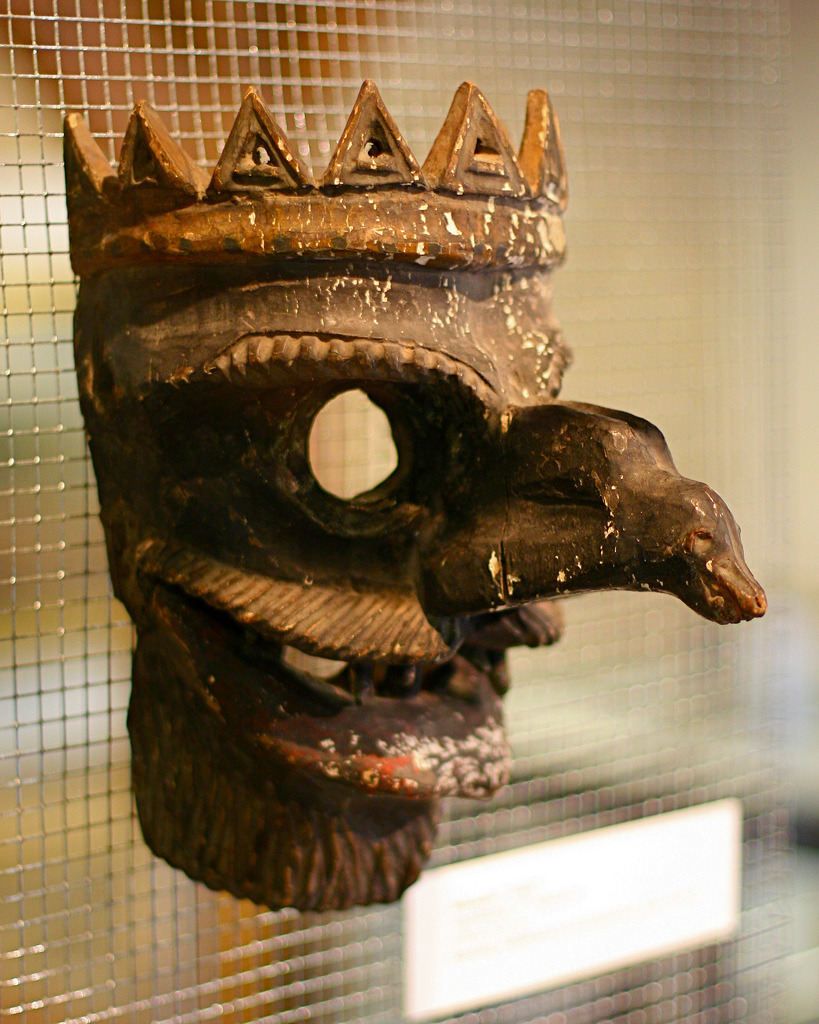
Shame Mask. Worn as punishment to shame a person convicted of a minor crime. From the Medieval Crime Museum in Rothenburg ob der Tauber, Germany
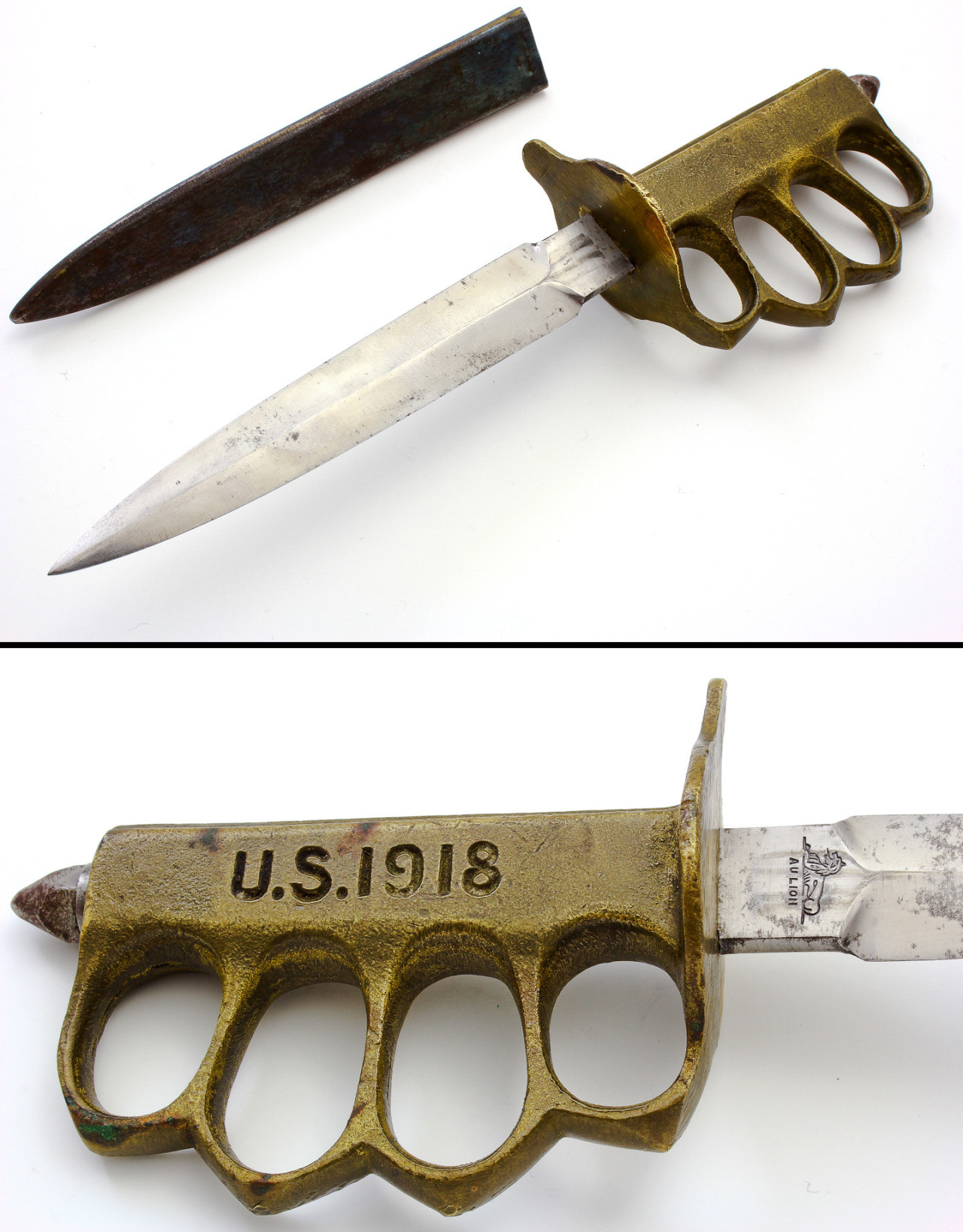
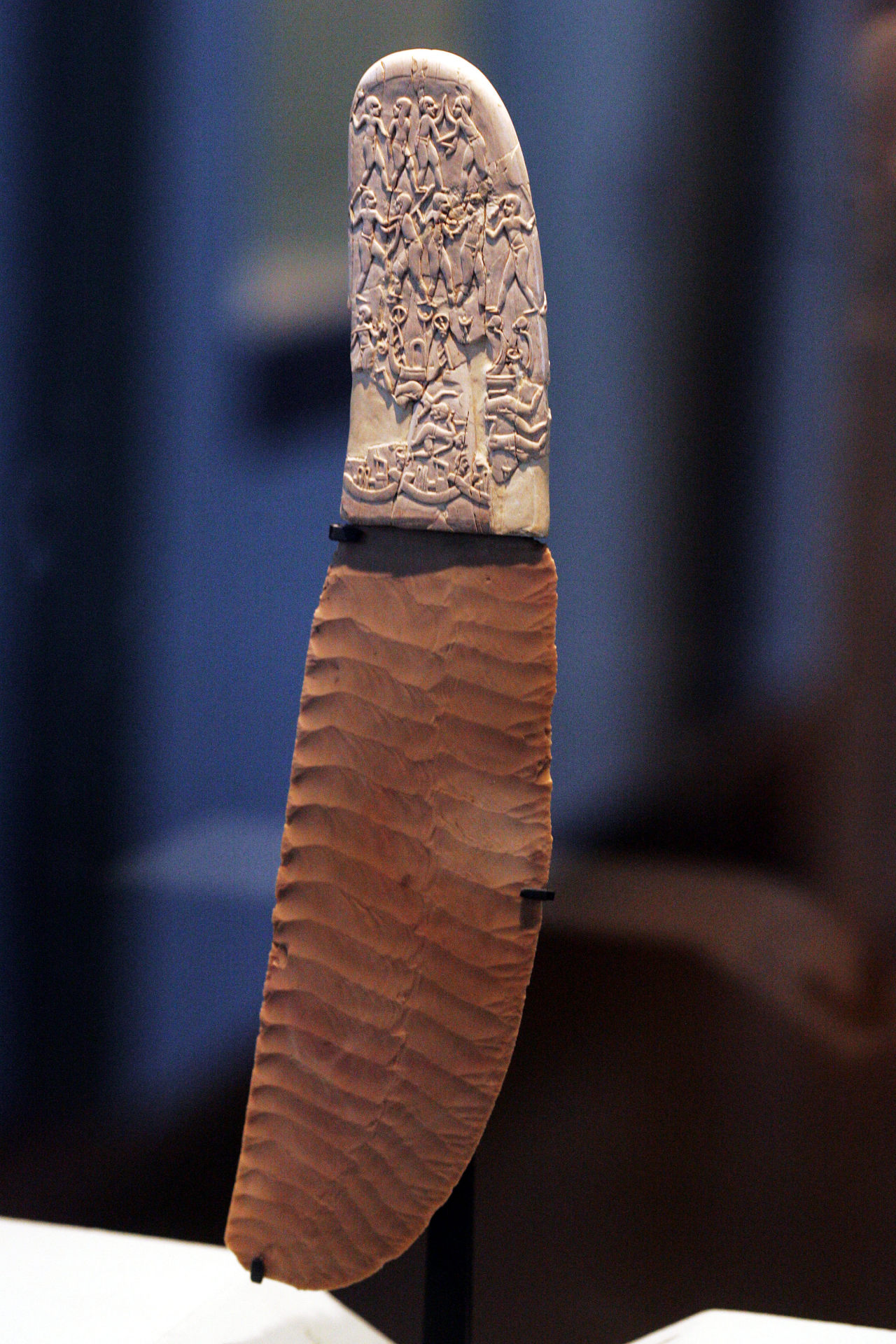
Gebel el-Arak Knife - an ivory and flint knife dating from the Naqada II d period of Egyptian prehistory, starting circa 3450 BC
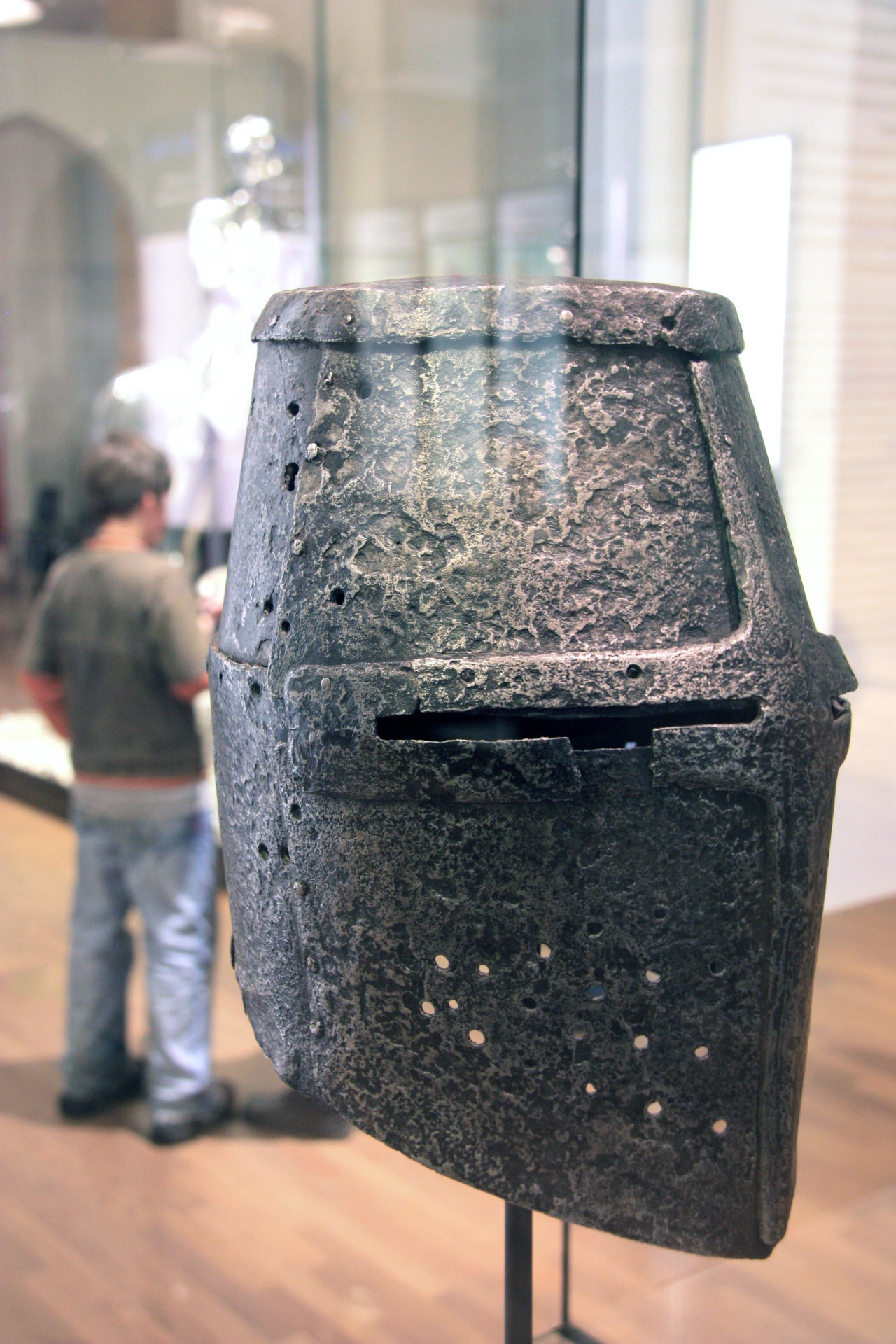
Medieval knight’s great helm. Germany, 13th century
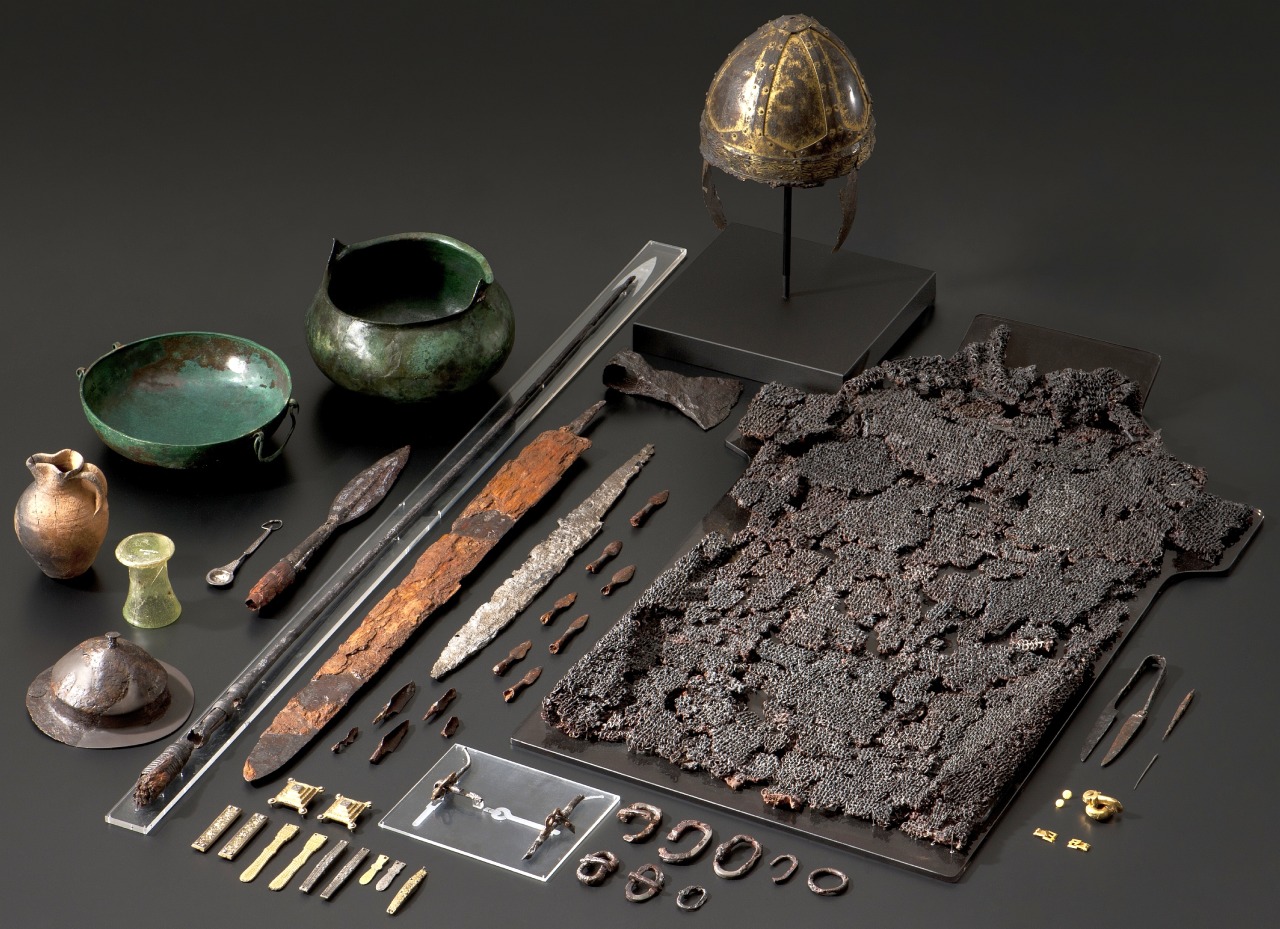
Early Medieval grave findings from Gammertingen Germany, 6th century, the princely man was wearing a golden helmet and mail armor. Beside him lay his weapons including a sword, an ax, a throwing spear, and an ornate lance. In addition different items such fine dinnerware, silver bridle, comb and scissors, Württemberg State Museum, Stuttgart.

Lieutenant Goodwin Otter Kemp’s Smith & Wesson revolver, struck by a German bullet during WWI

Colossi of Memnon, two massive stone statues of Pharaoh Amenhotep III; 14th century BC

Giant Griffin, Persian, circa 516-465 BC
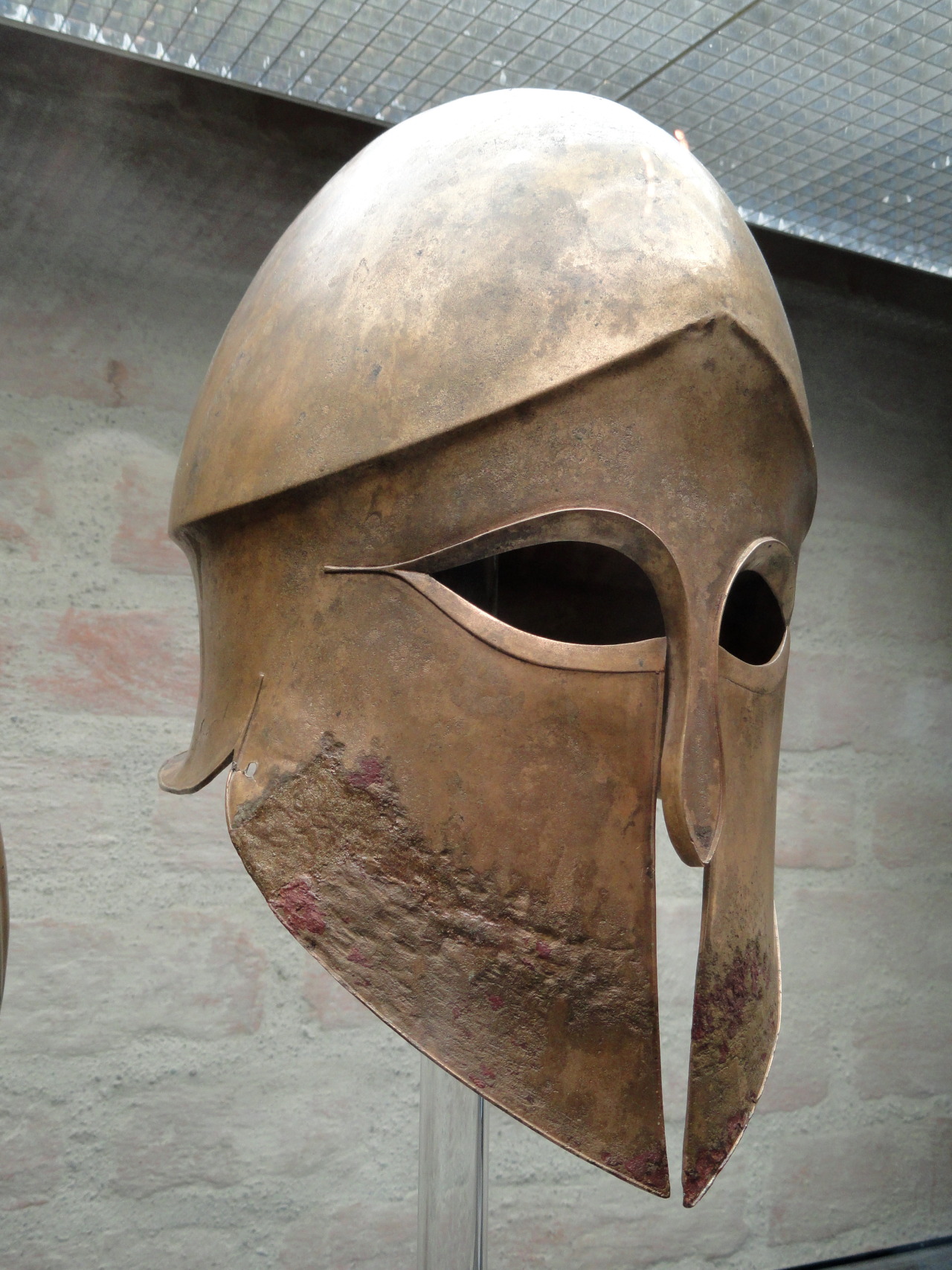
Corinthian helmet from the tomb of Denda. The name of the warrior (Denda) is engraved on the left greave. From a Greek workshop in South Italy, 500–490 BC
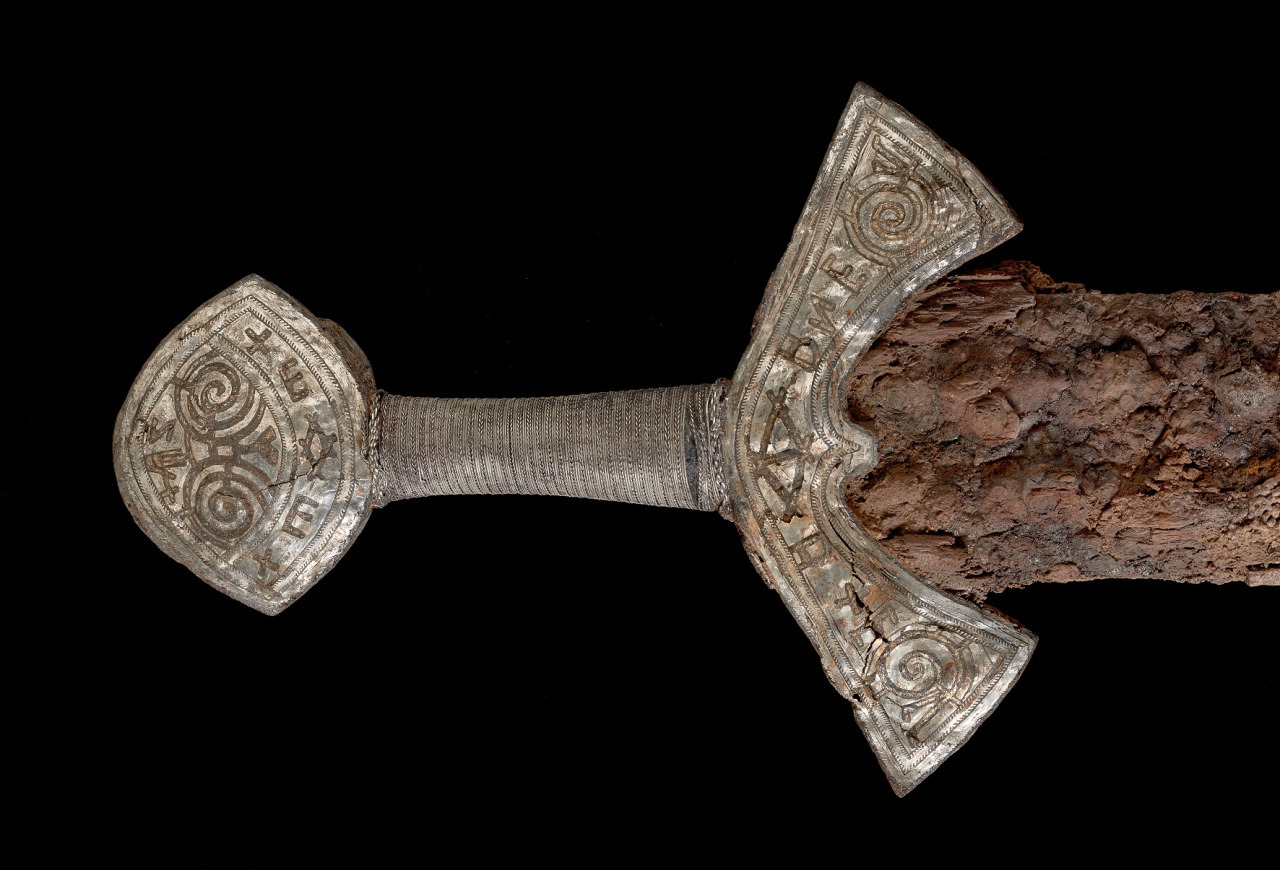
Viking sword from Langeid. Early 11th century
The sword must have belonged to a wealthy man who lived in the late Viking Age. The sword is 94 cm long; although the iron blade has rusted, the handle is well preserved. It is wrapped with silver thread and the hilt and pommel at the top are covered in silver with details in gold, edged with a copper alloy thread
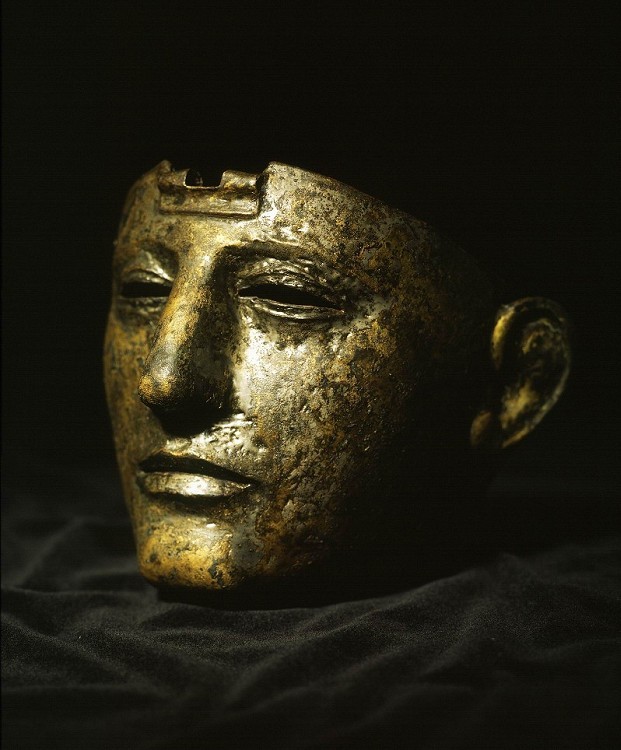
Roman bronze mask coated with silver. The mask has a hinge at the top, it was meant to cover the entire face but could be held up for better vision or fresh air; 100 - 75 AD.
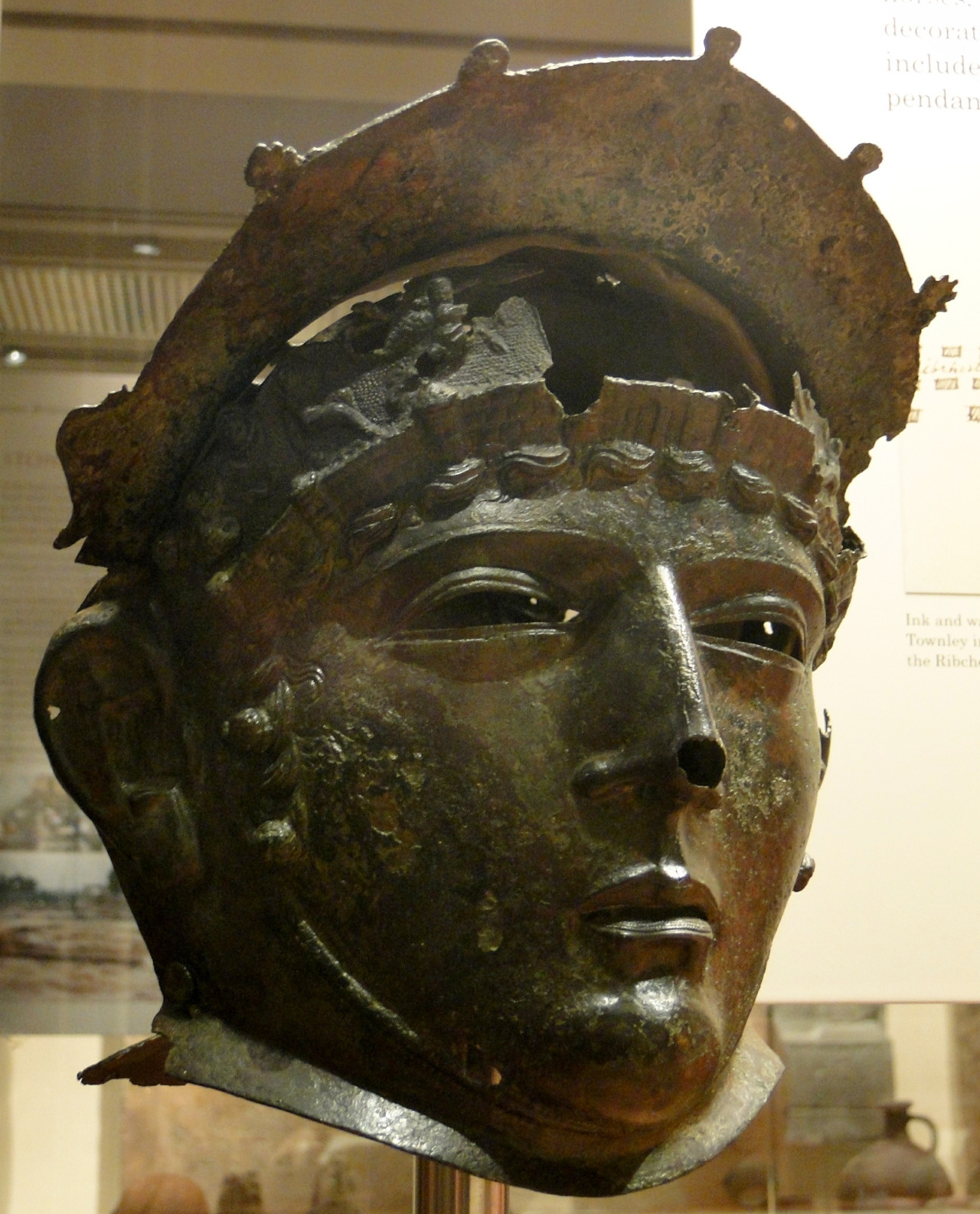
The Ribchester Helmet is a Roman bronze ceremonial helmet dating to between the late 1st and early 2nd centuries AD, which is now on display at the British Museum. It was found in Ribchester, Lancashire, England in 1796, as part of the Ribchester Hoard.
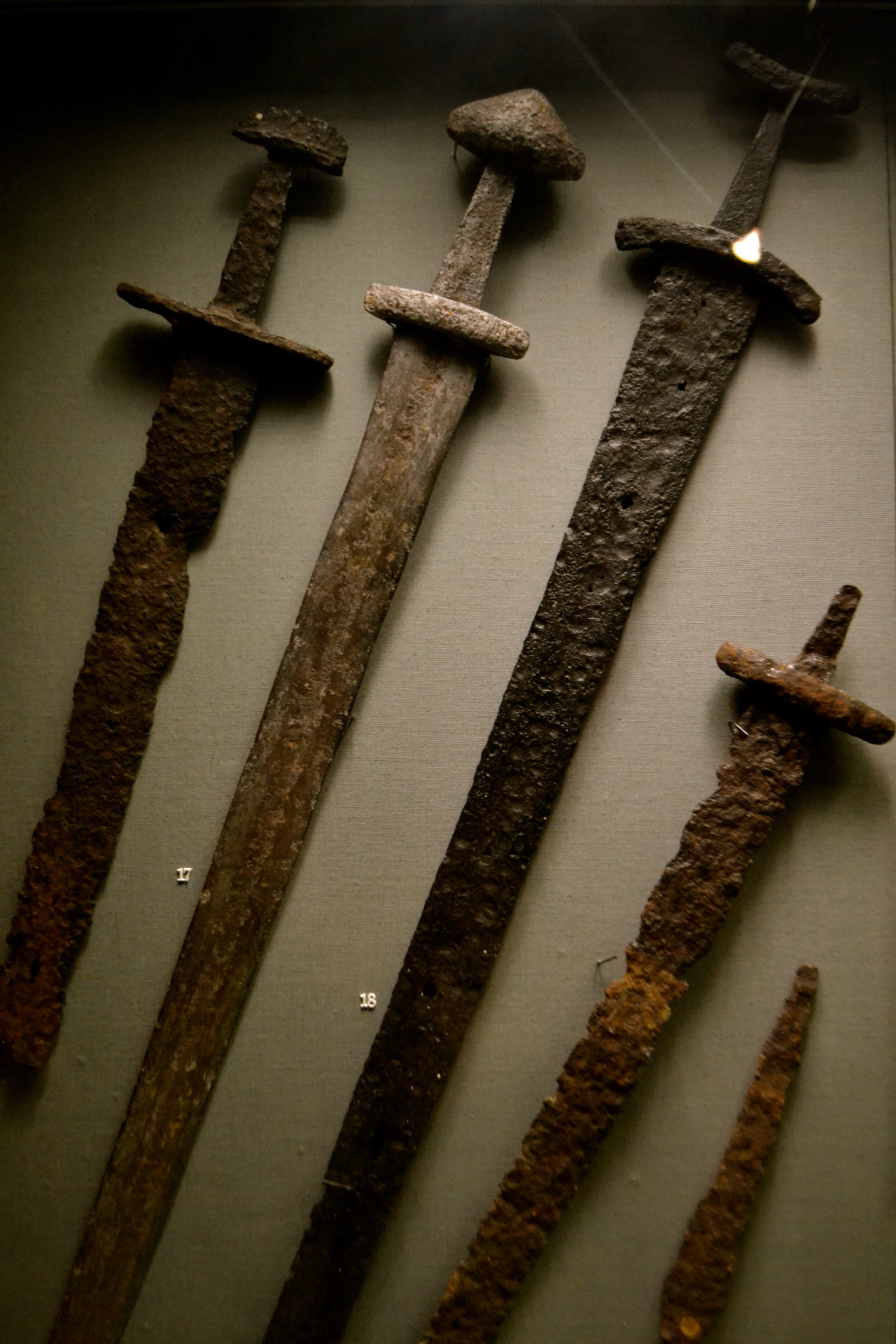
Viking swords found in Ireland. c. 10th century AD

A vestige of alpine warfare, an Italian cannon still stands on Cresta Croce, a 3,000-meter-high Adamello ridge
Italian and Austro-Hungarian troops clashed at altitudes up to 12,000 feet (3,600 meters) with temperatures as low as -22°F (-30°C) in the Guerra Bianca, or White War, named for its wintry theater. Never before had battles been waged on such towering peaks or in such frigid conditions. Physically climbing the mountains used many new and rudimentary practices as well. Belaying was only developed a few years earlier, and this was the initial means to get men up a mountain. Here is a photo of Austro-Hungarian troops practicing this method. One man would climb up, hammer in a “rams horn,” feed a rope through, and his buddies would use the rope to either be pulled up or guided as they climbed.Same principle applied for supplies, munitions, and artillery. Mostly relying on a series of pully systems, they would physically pull these pieces up the mountain
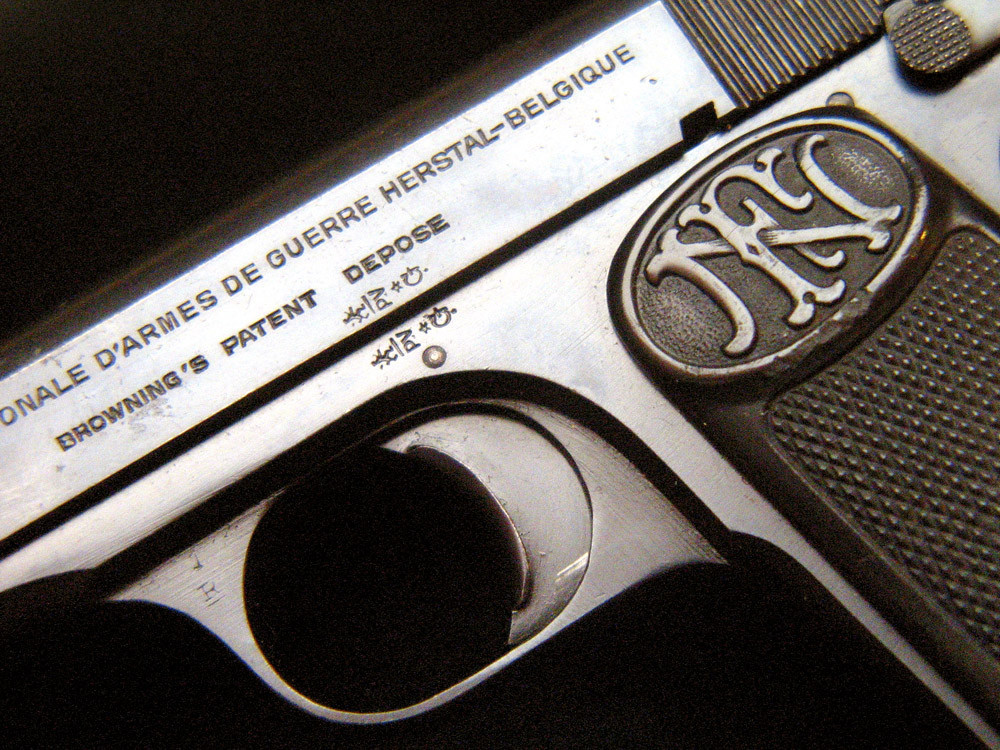
Gun that started I world war - Gavrilo Princip’s FN M1910 (serial number 19074)
Gavrilo Princip’s assassination of Austria-Hungary’s Archduke Franz Ferdinand is perhaps one of history’s best known assassinations. It catalysed the political, bureaucratic and martial wranglings which saw Europe’s slow descent into the Great War. Princip’s first round entered the Archduke’s neck piercing his jugular, cutting the vein and lodging itself in his spine. The .380 ACP projectile mushroomed as it struck Franz Ferdinand’s neck tissues losing its momentum before lodging in his spinal column, probably somewhere in his Cervical vertebrae. Considering how difficult to pick up theModel 1910’s sights are Princip was either extremely lucky to hit the Archduke or was a skilled snap shooter.
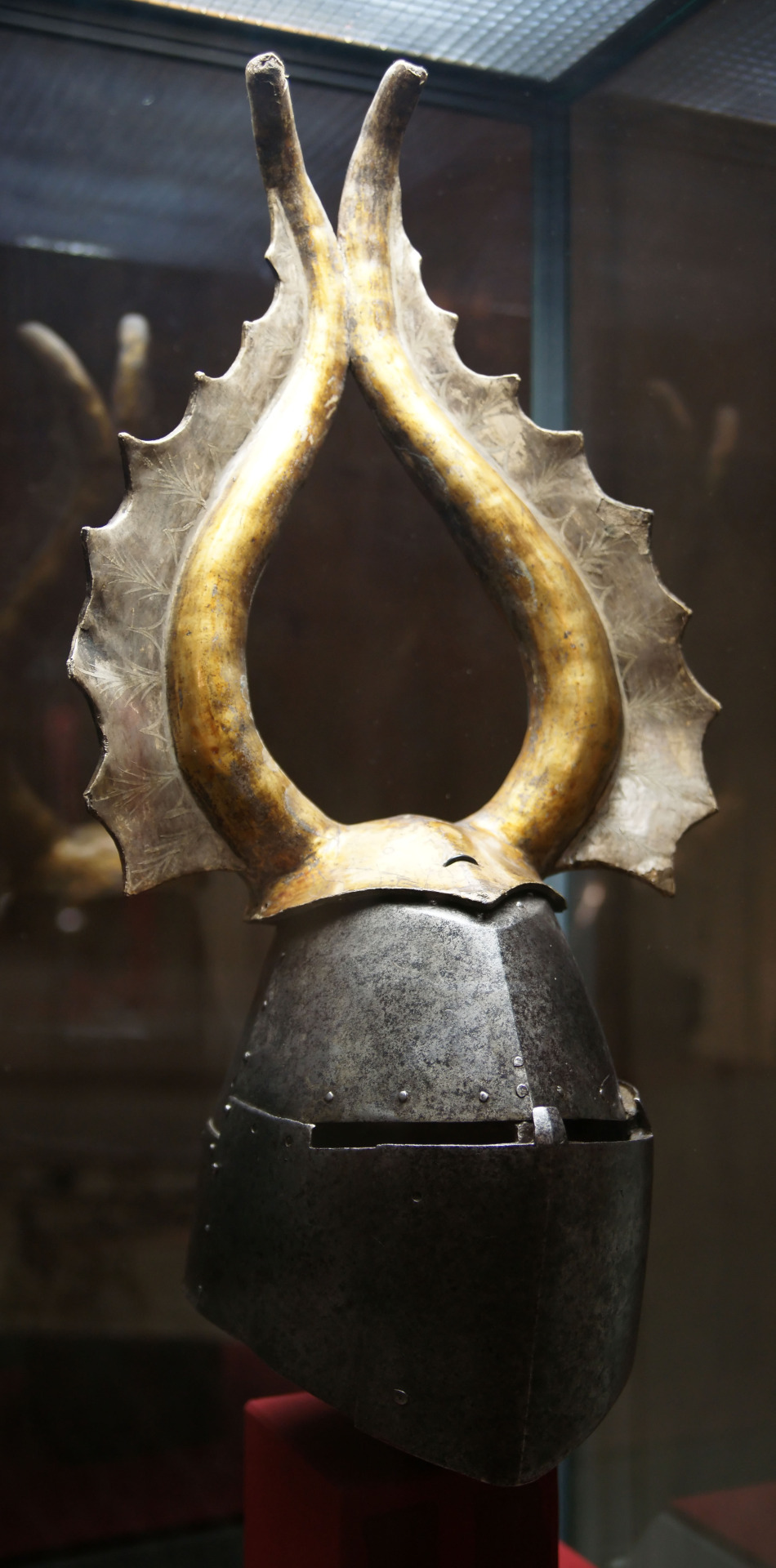
Great helm of Albert von Prankh. 14th century, Germany
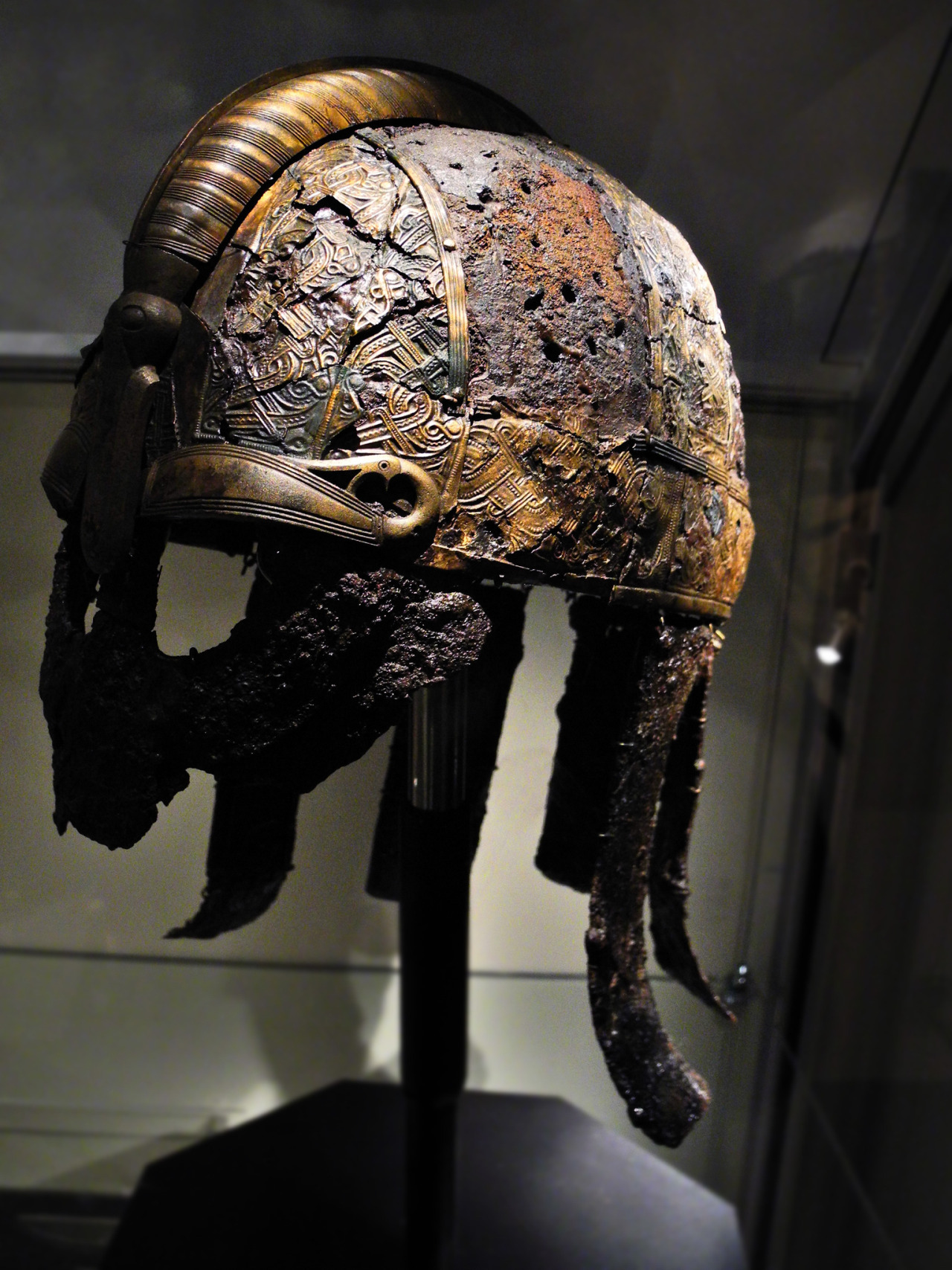
Helmet of a norse elite warrior. Vendel Period (pre-Viking Age), 550-790 AD
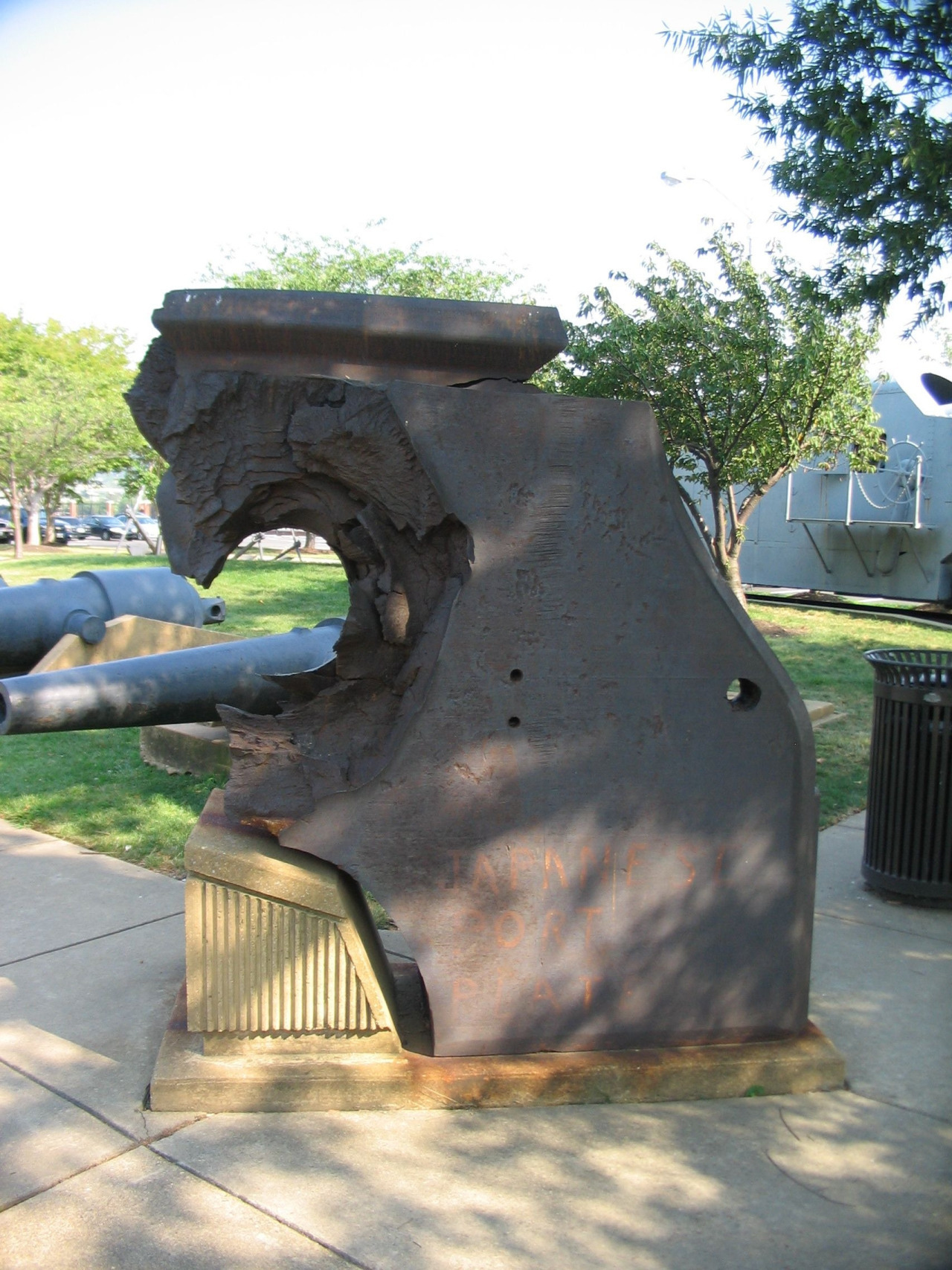
26-inch thick armor from Japanese Yamato class battleship, pierced by a US Navy 16-inch gun. The armor is on display at the US Navy Museum
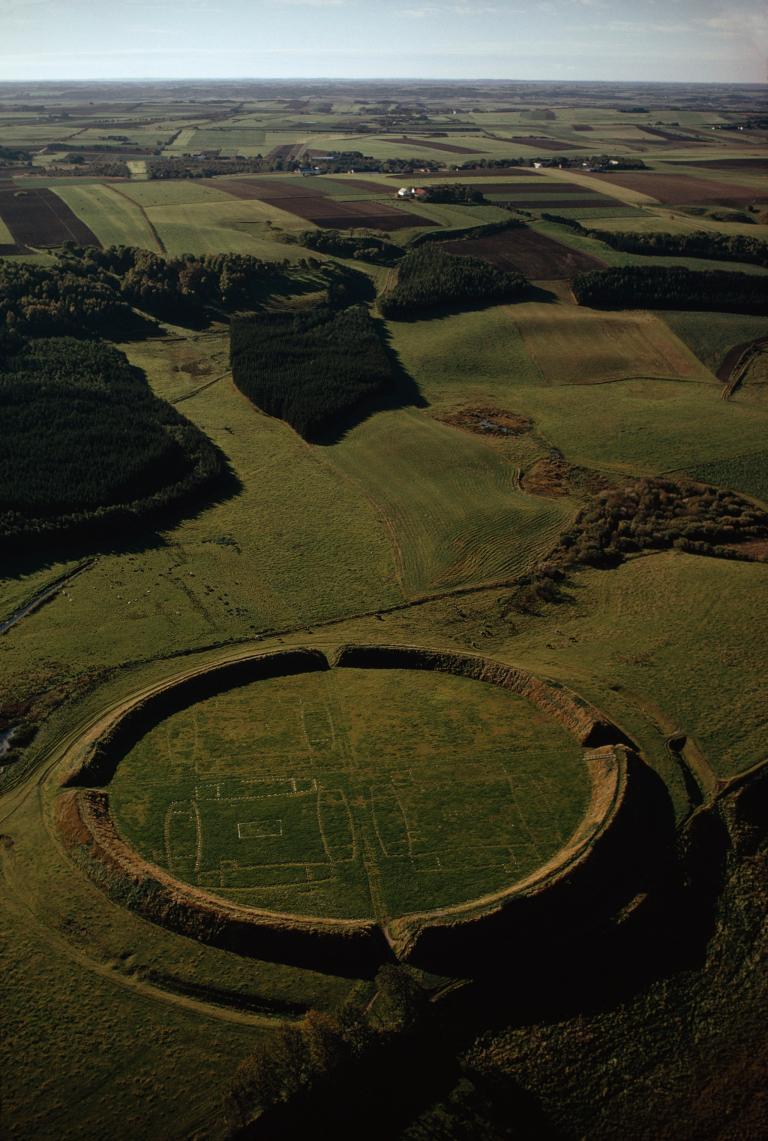
Viking ring castle in Denmark, dating from c. 980 AD.
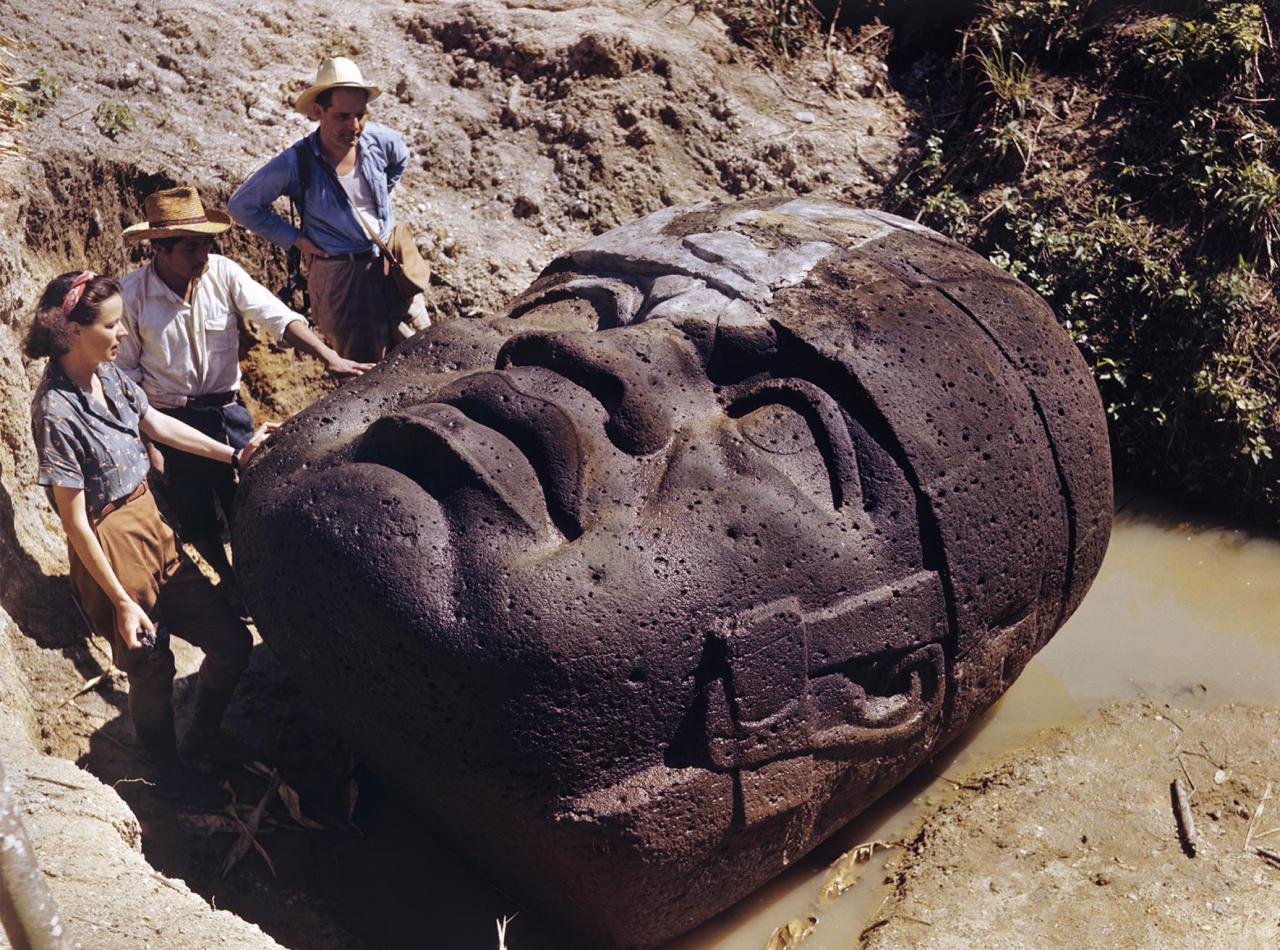
One of the four colossal heads carved by Olmecs (800BC). Heads measure up to 9 feet 4 inches (2.84 m) in height and weigh several tons, which causes a great deal of speculation on how the Olmecs were able to move them - basalt quarry was found over 80 km away.




Комментарии
На территории Прикамья найдены 2 меча каролингского типа.
RSS лента комментариев этой записи